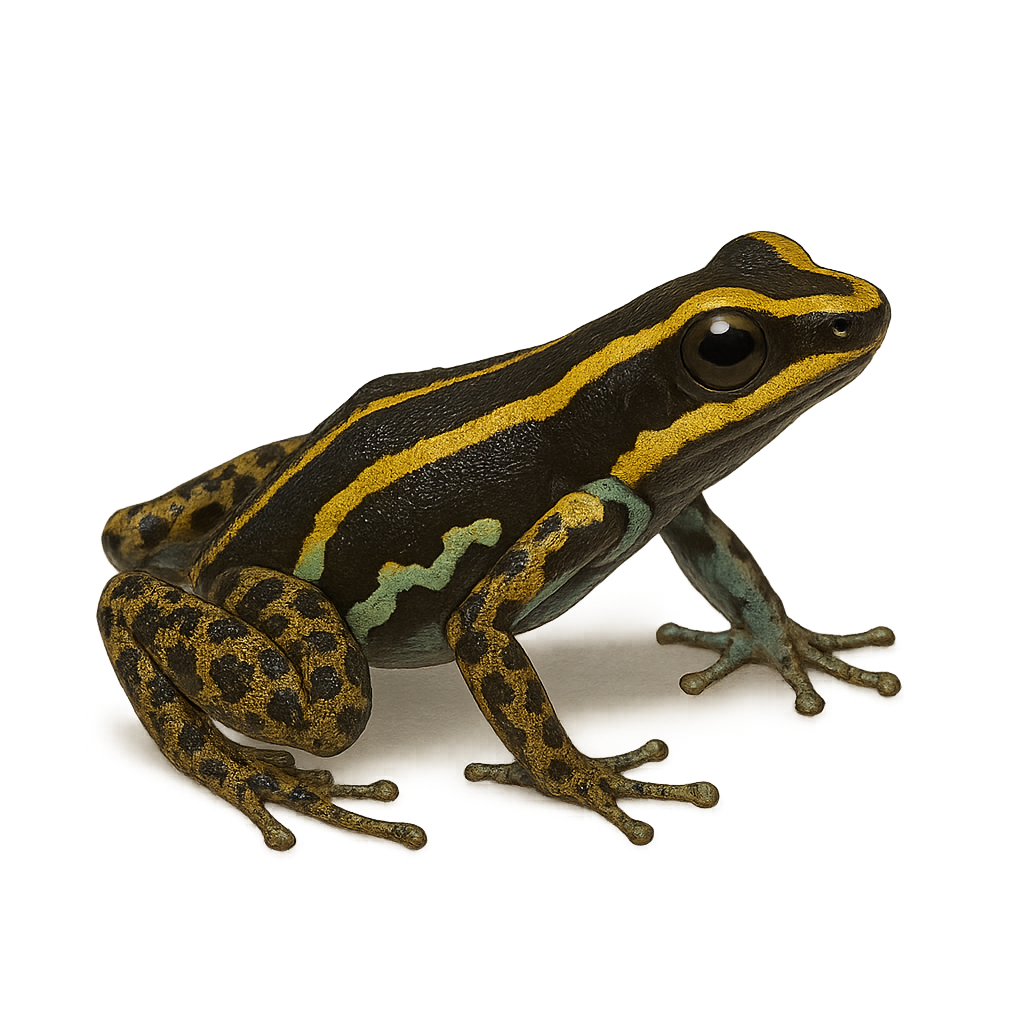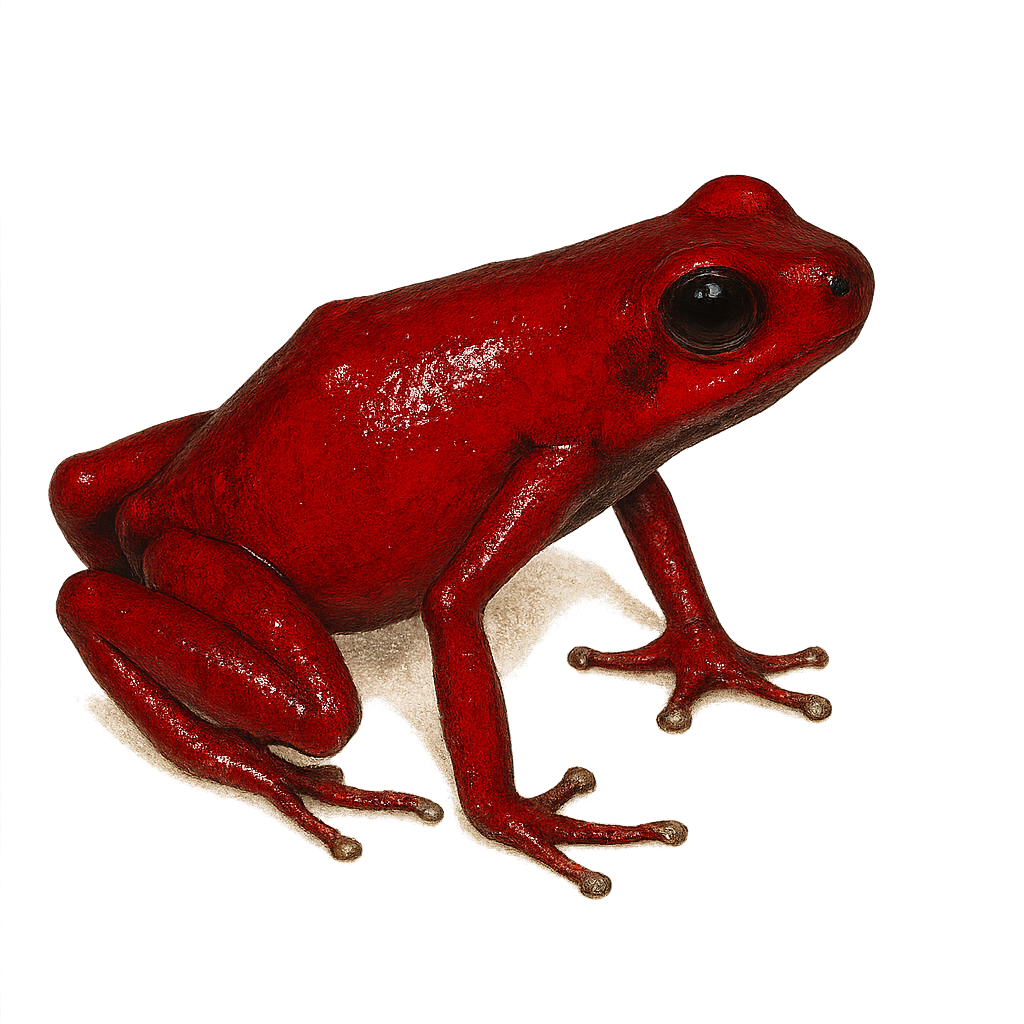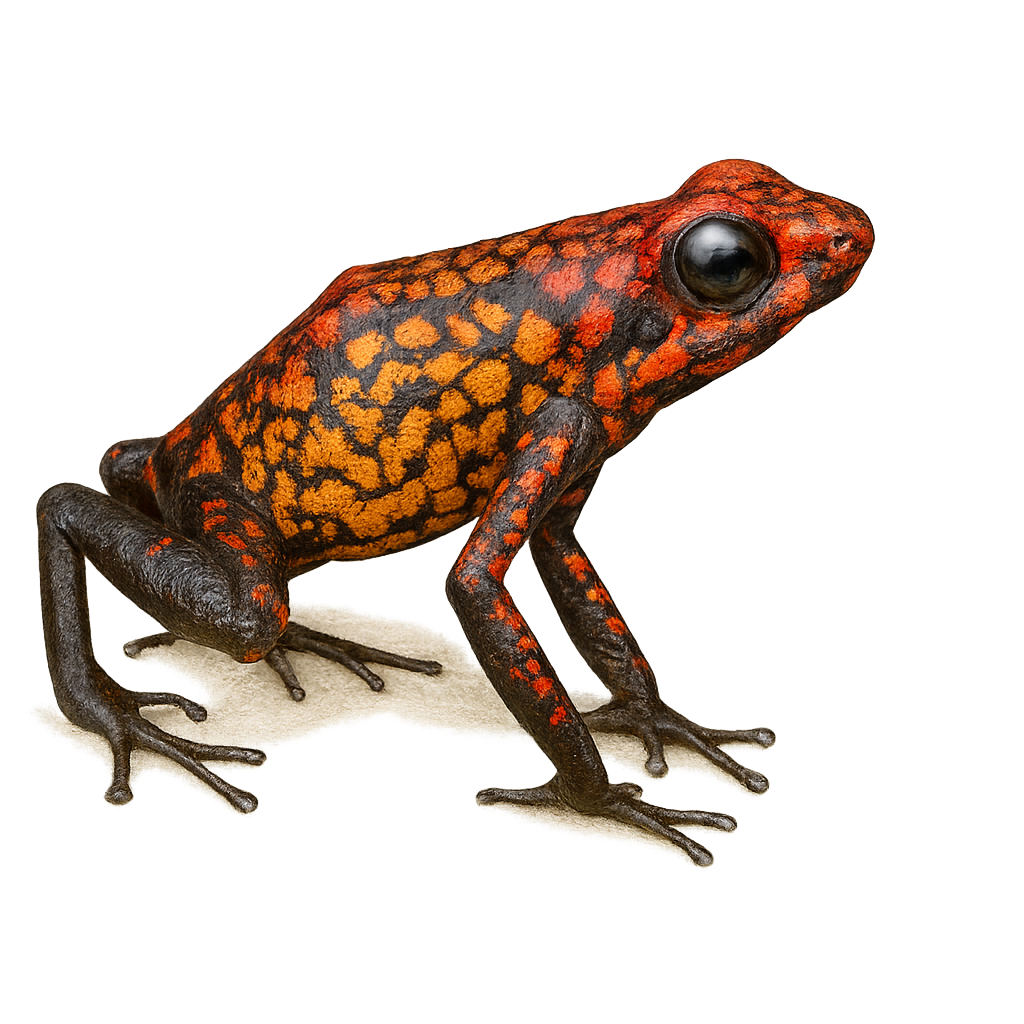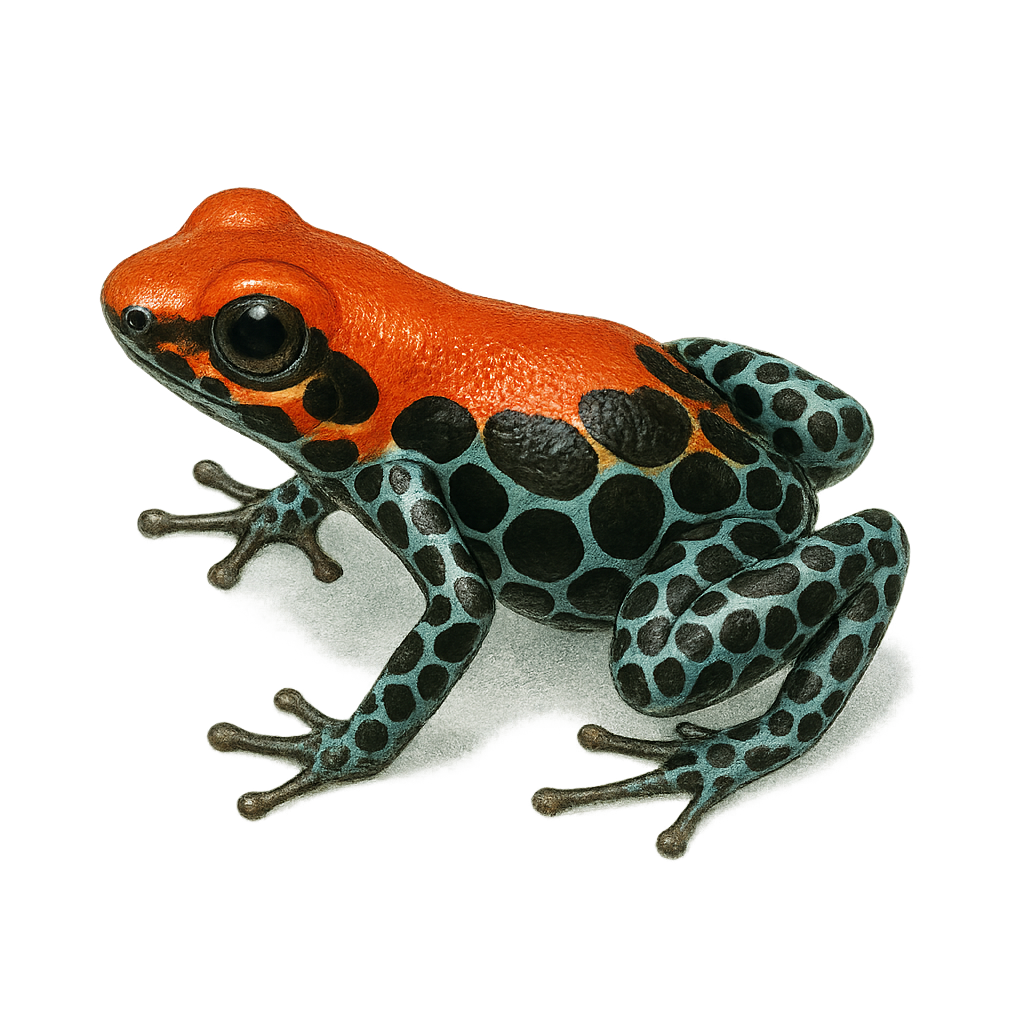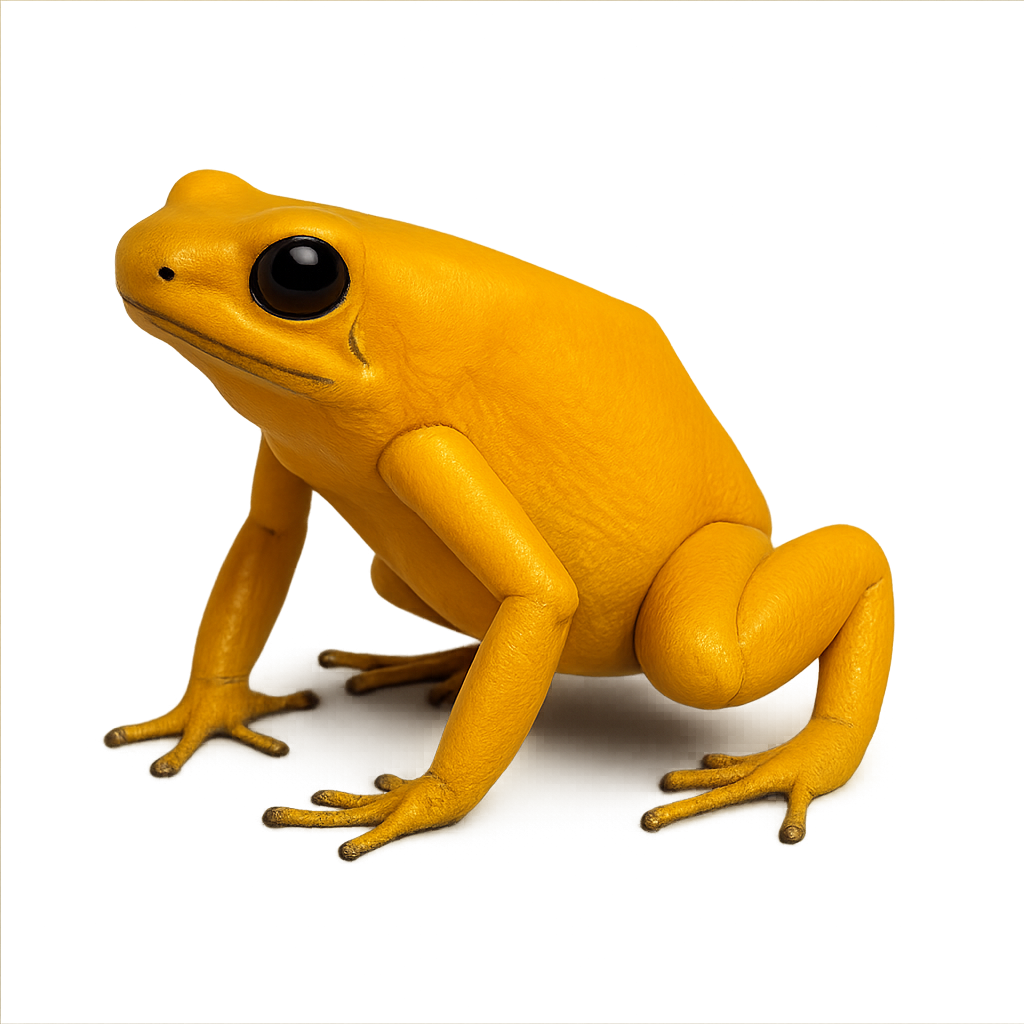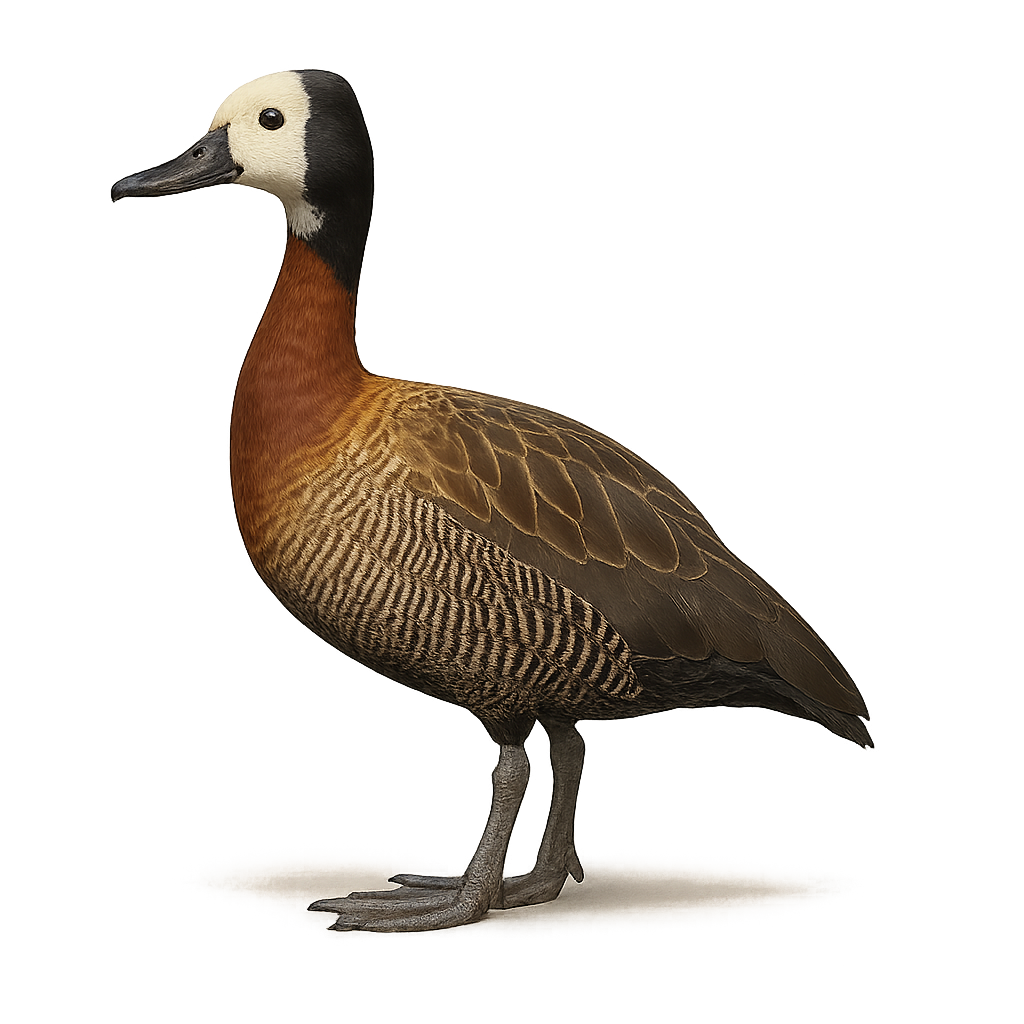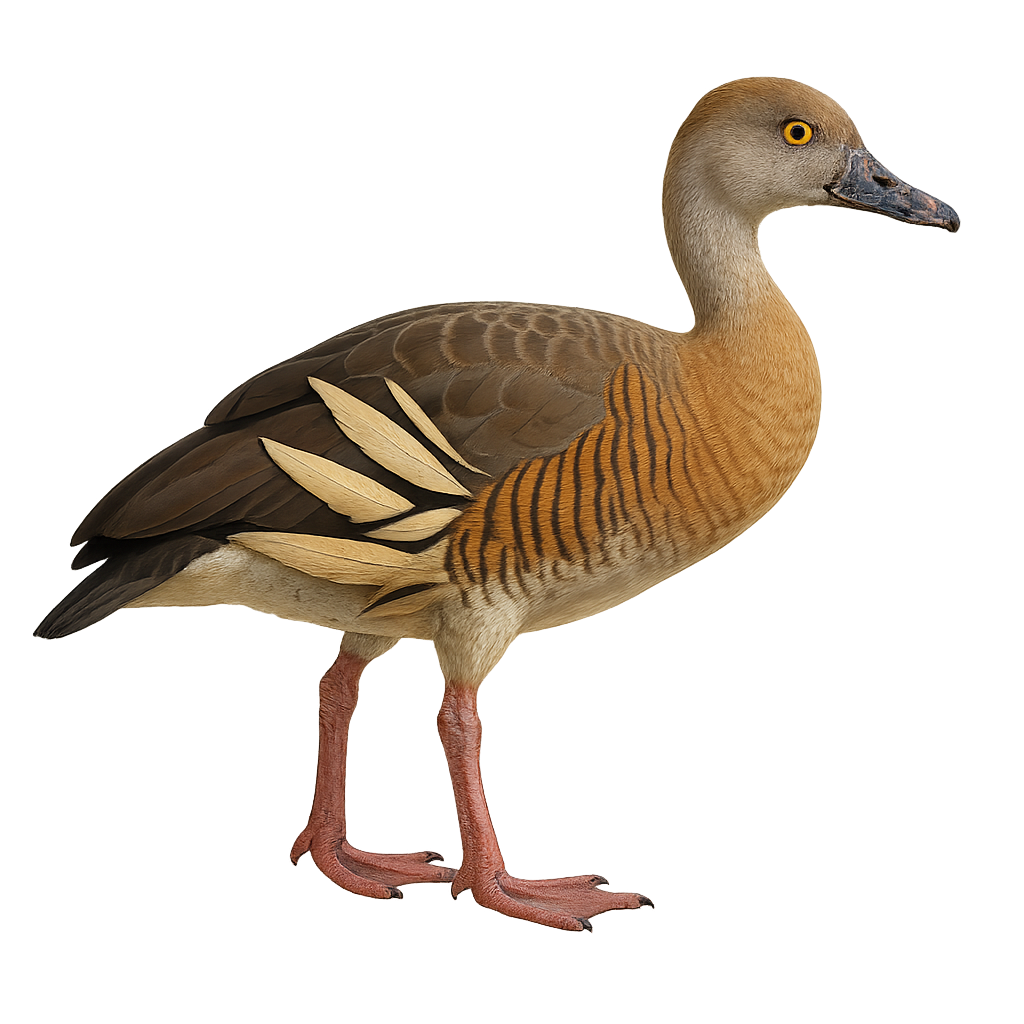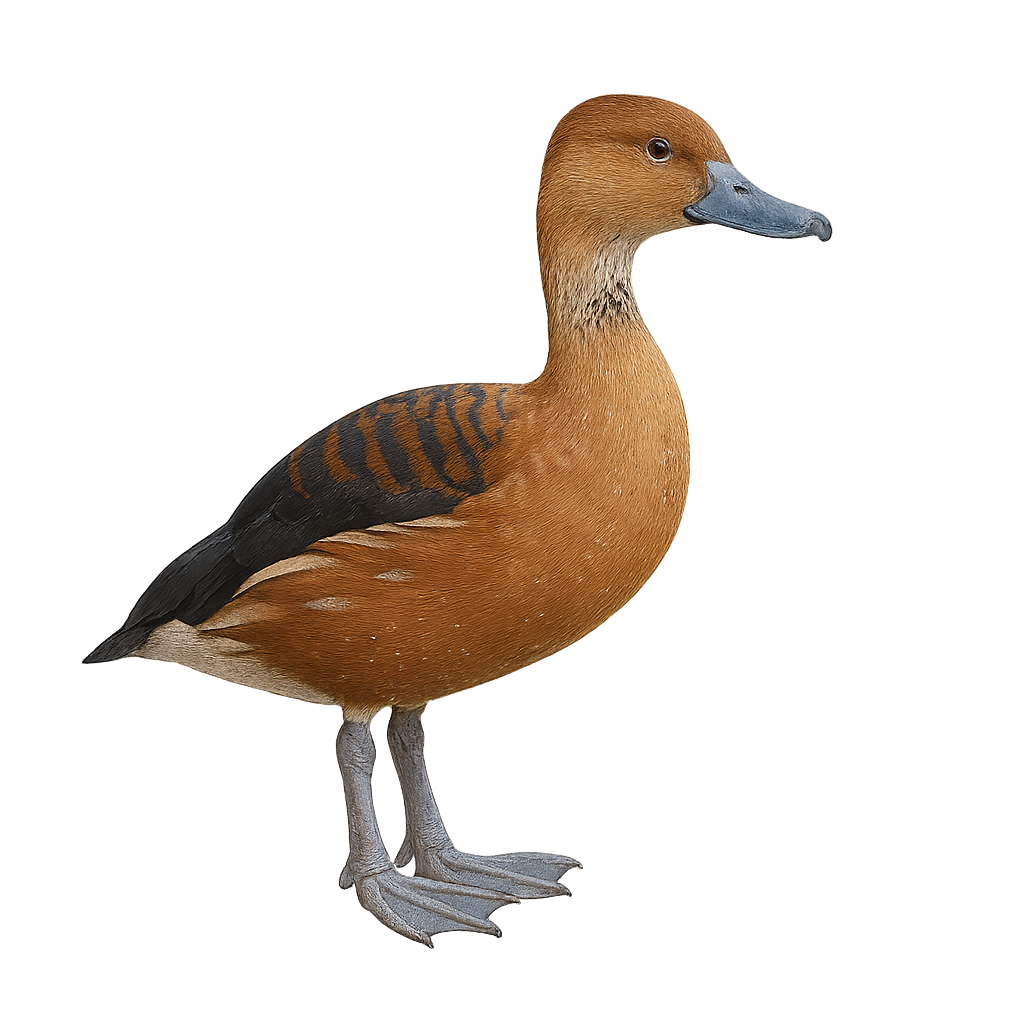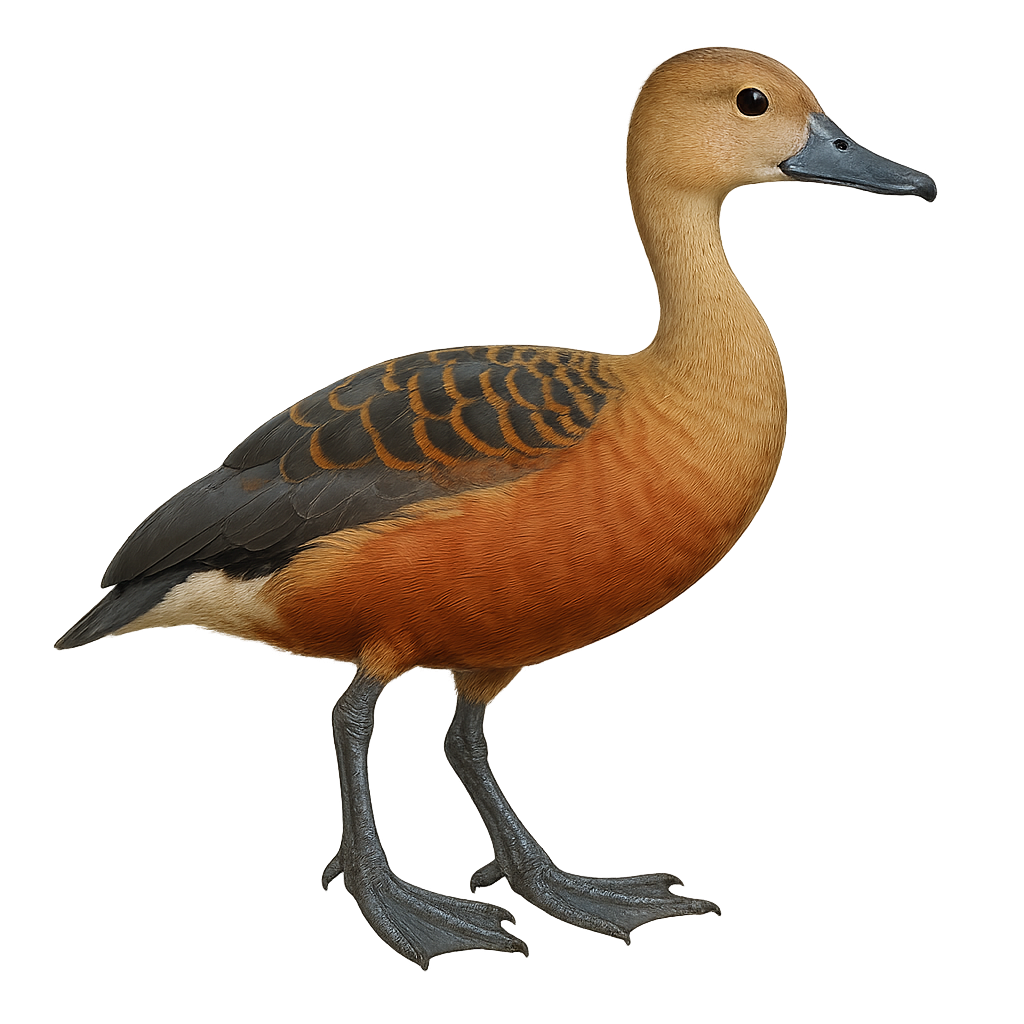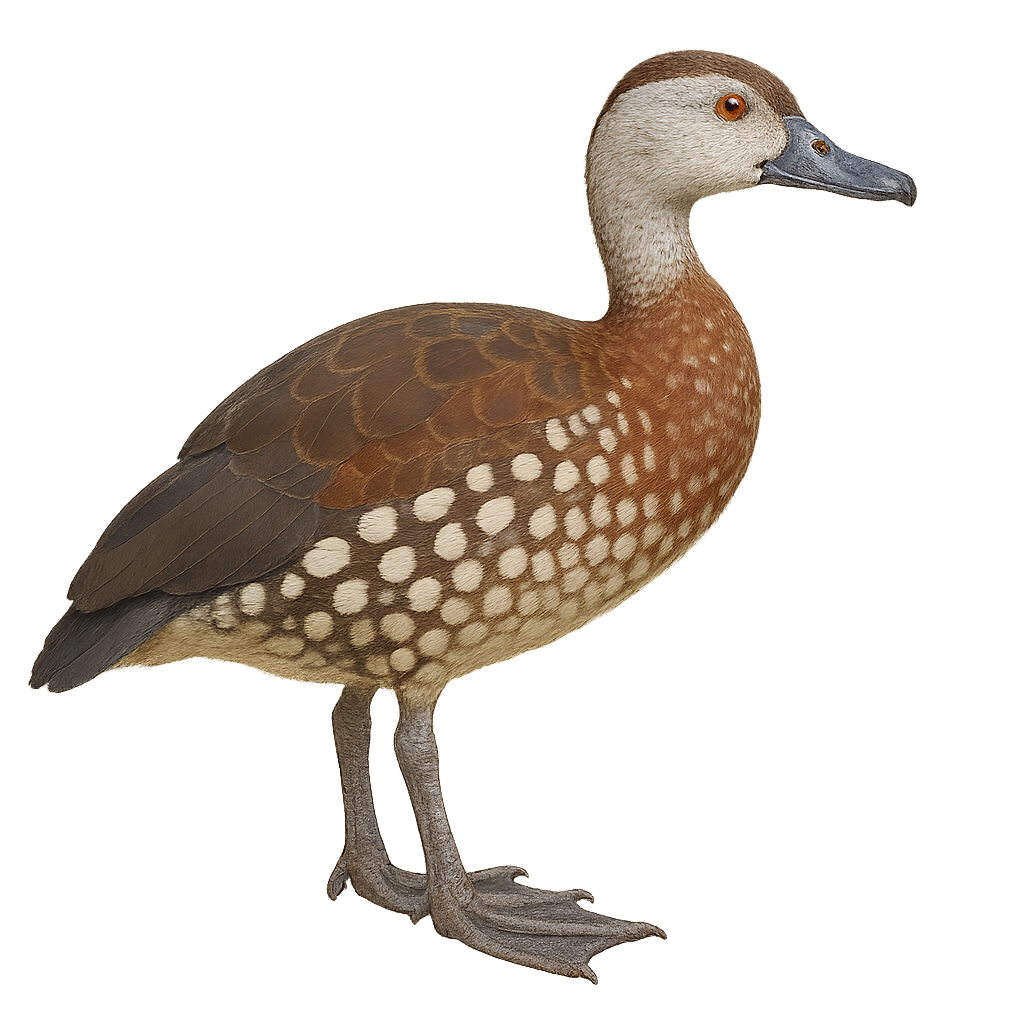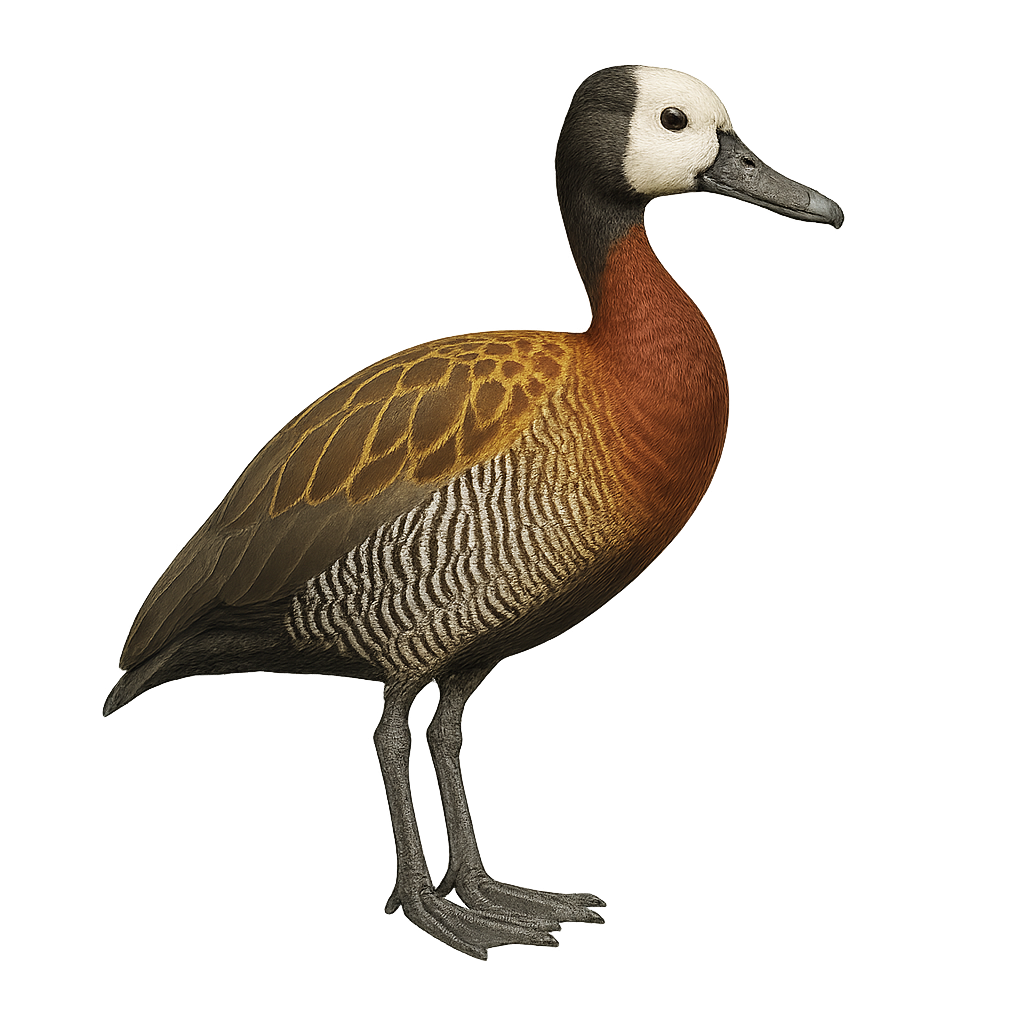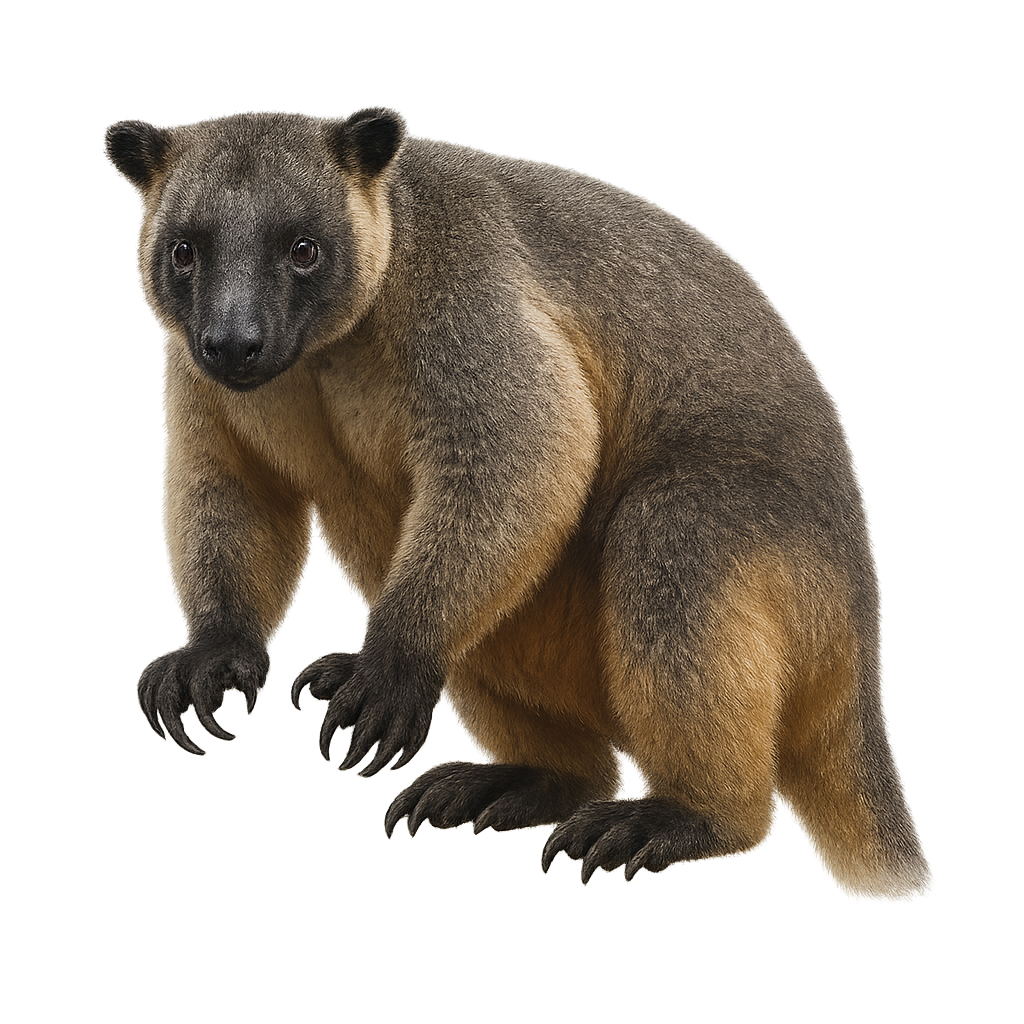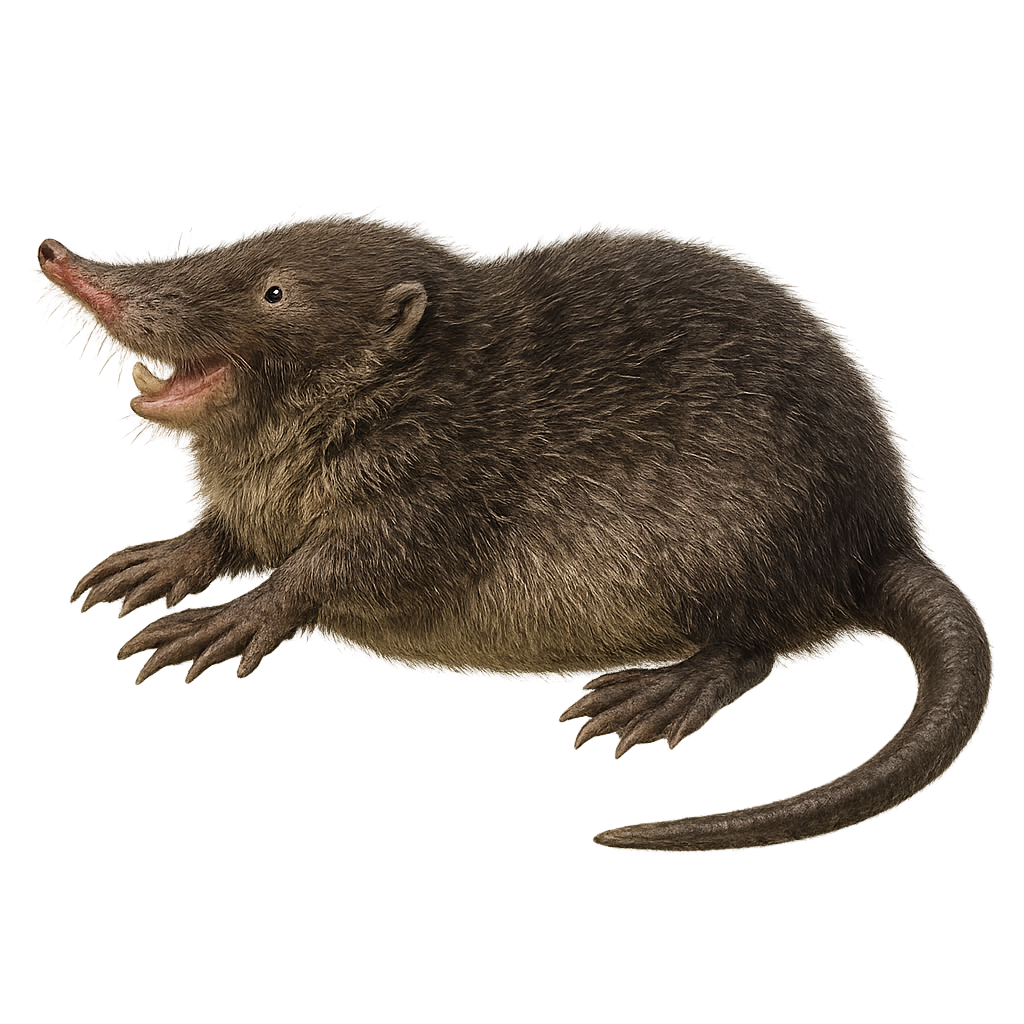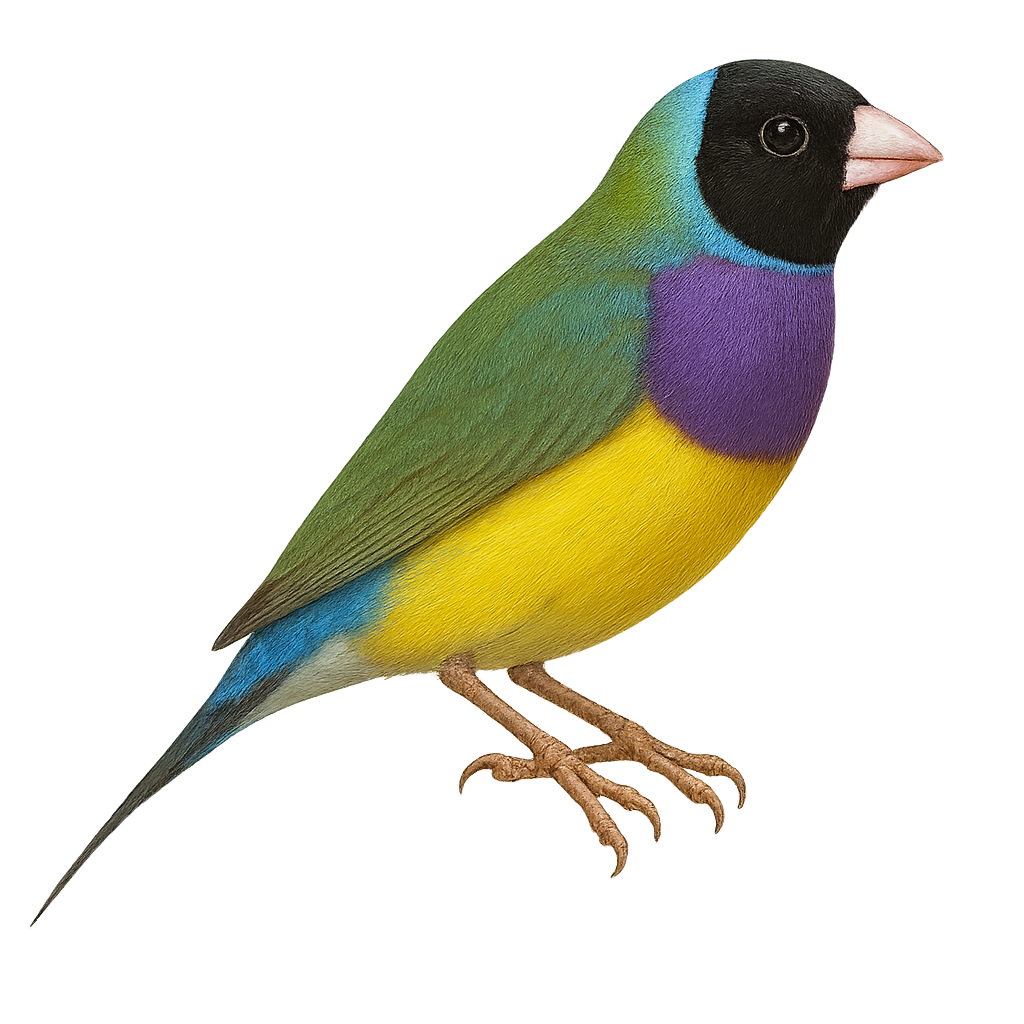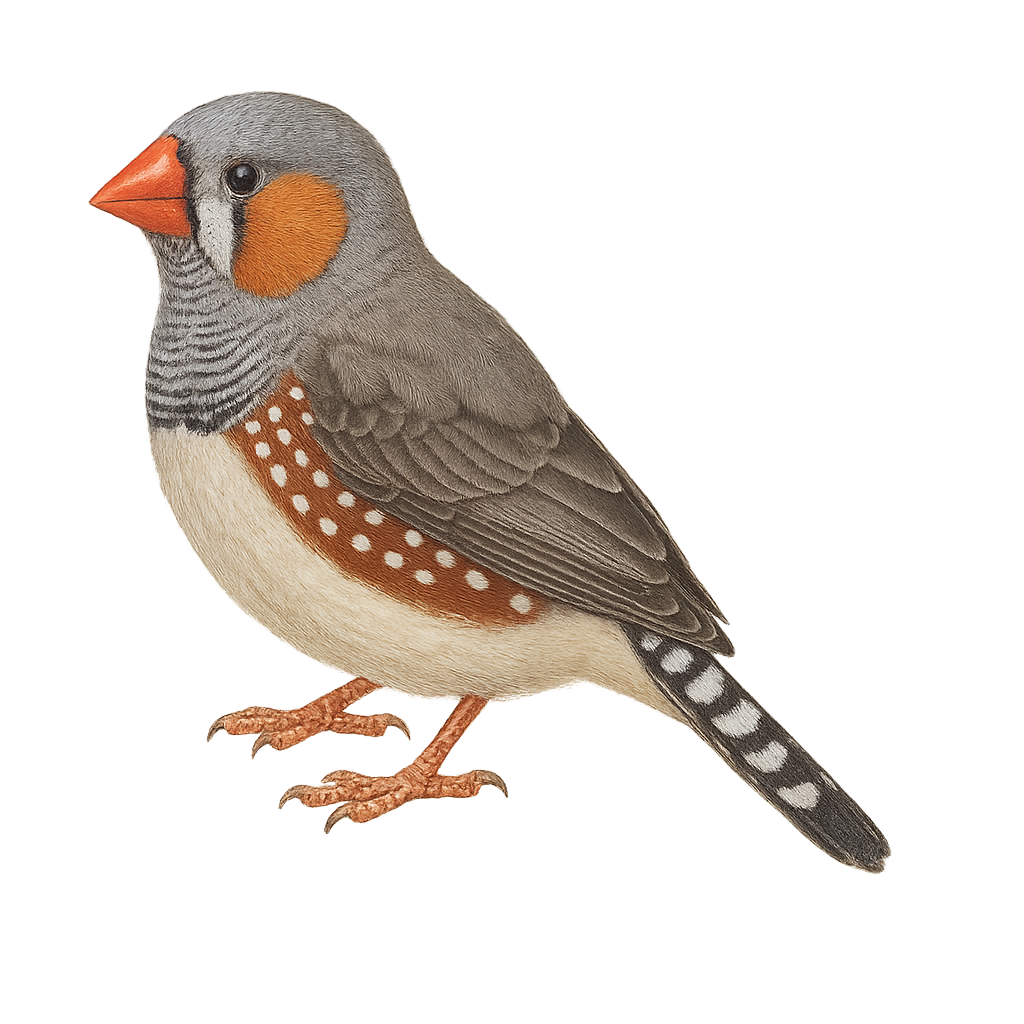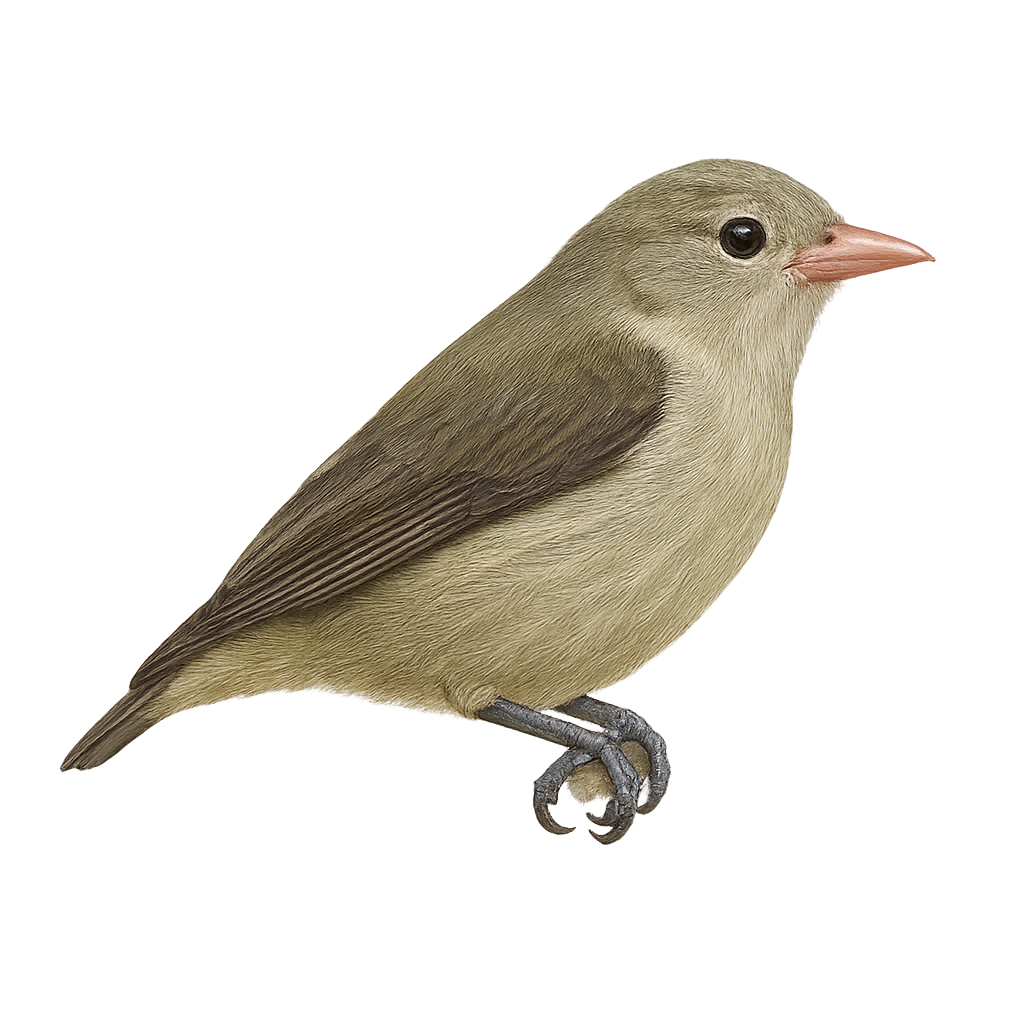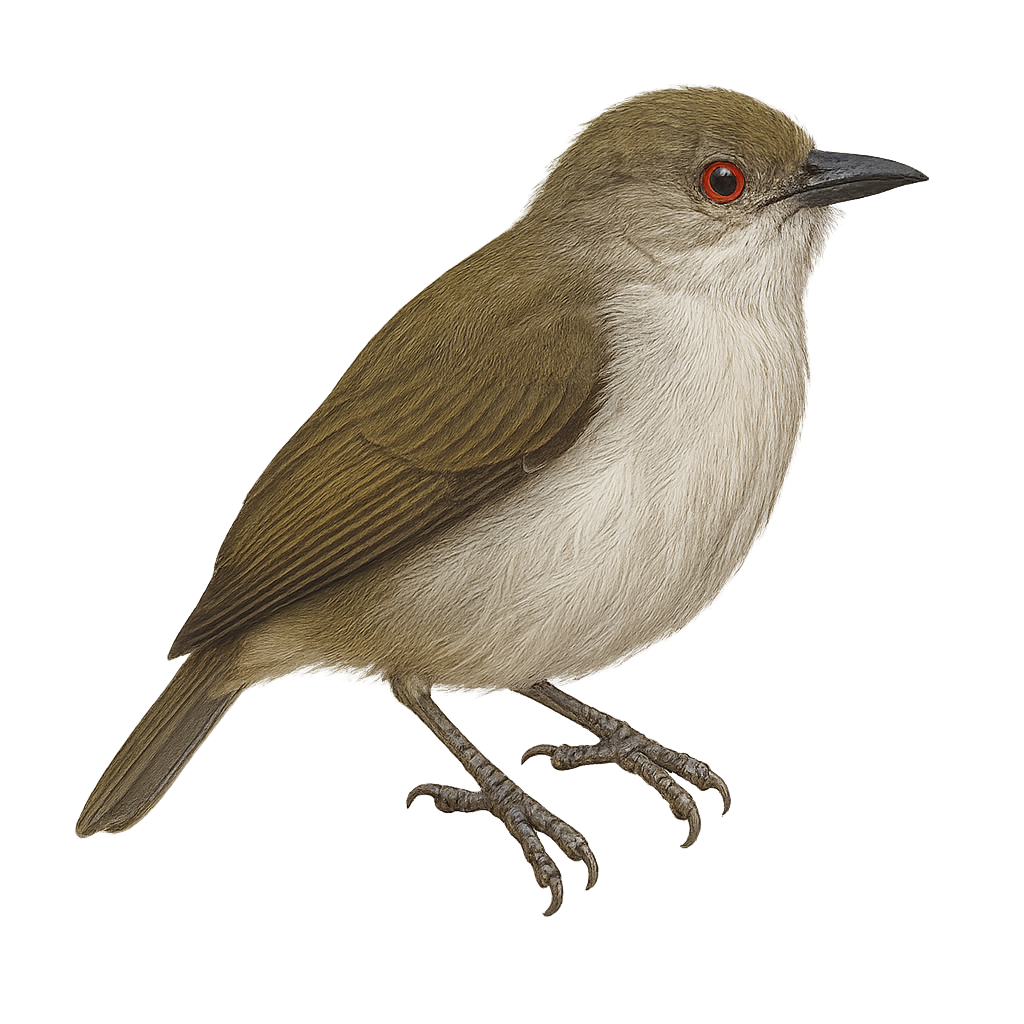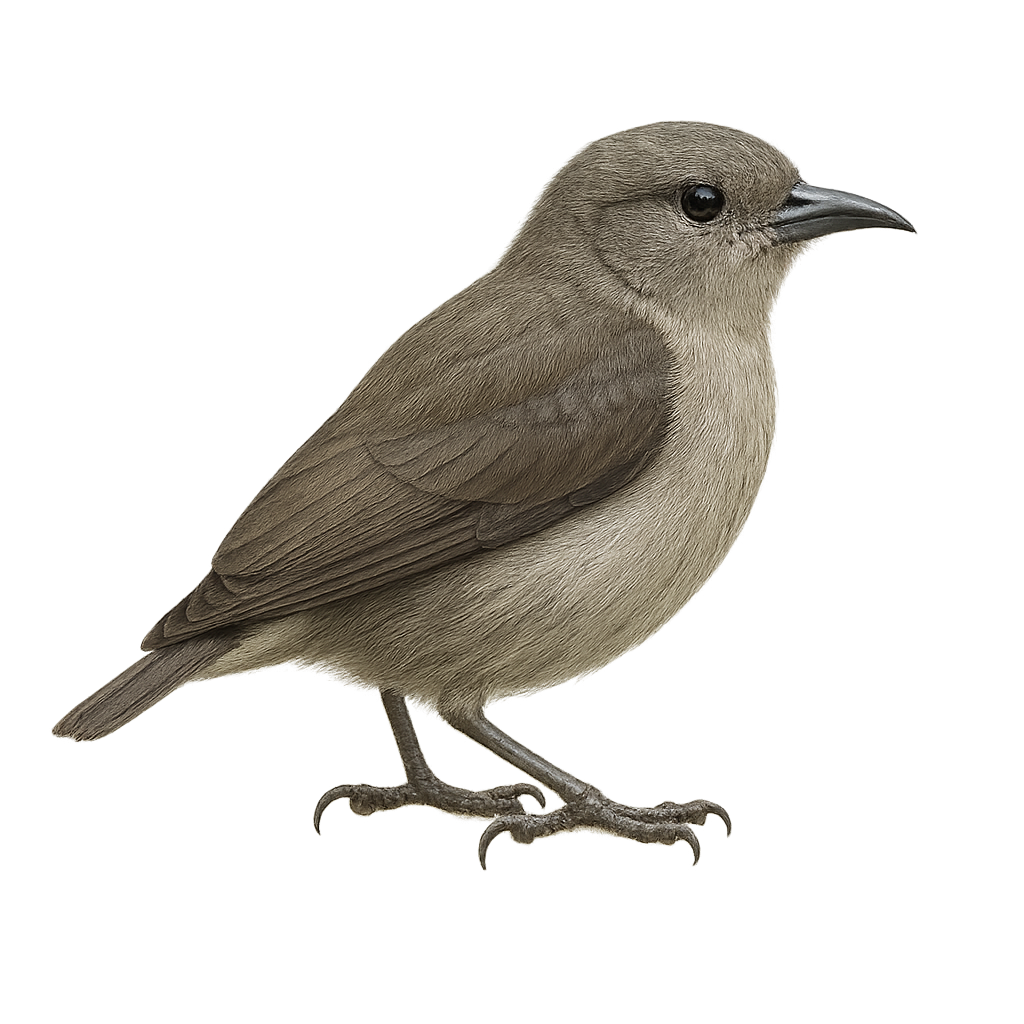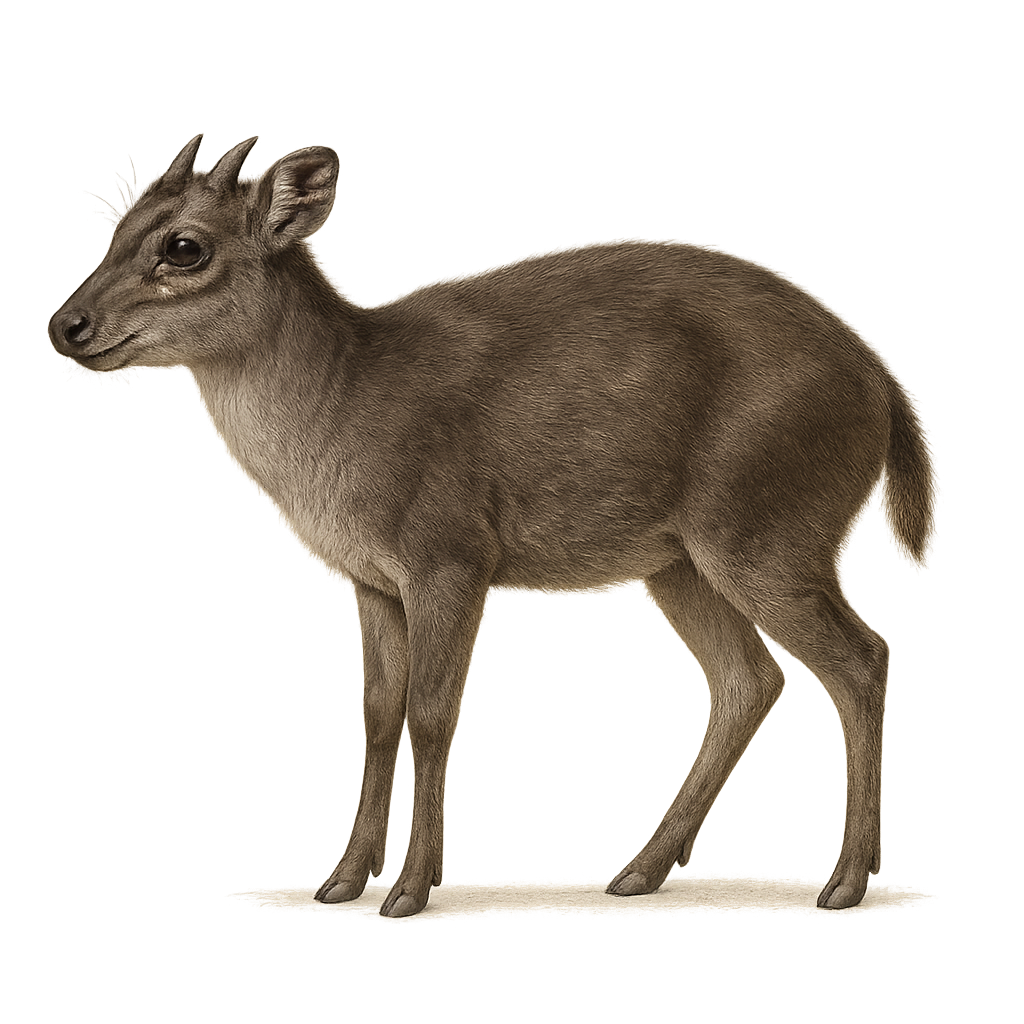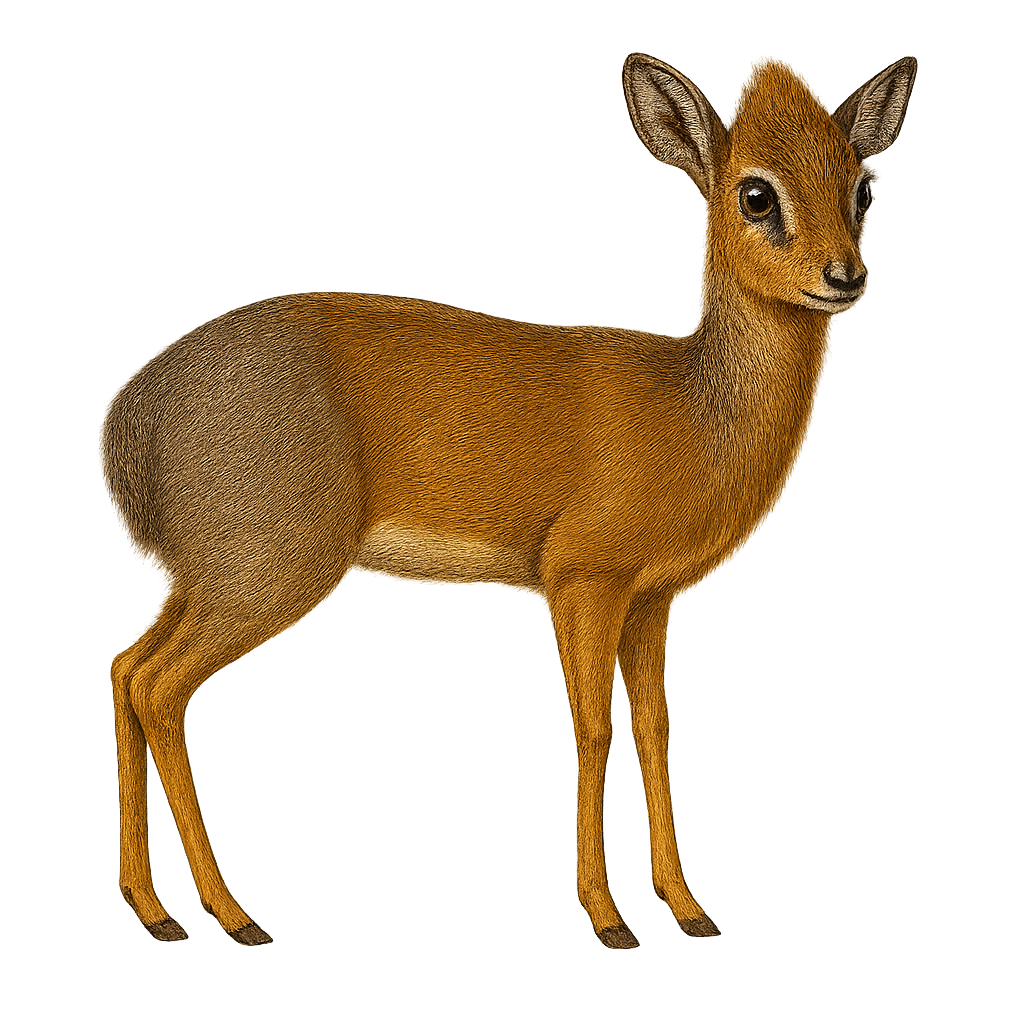The Lovely Poison Frog is a small, diurnal terrestrial frog, measuring about 2.5 cm in length. Its body is black with two bright yellow to orange longitudinal stripes on the back, and blue-green marbling on the flanks and limbs. This species inhabits lowland humid forests, often near slow-moving streams, between 10 and 650 m elevation. It primarily feeds on small invertebrates such as ants and spiders. Although its skin contains toxic alkaloids, including batrachotoxins, their concentration is low and sometimes undetectable. The Lovely Poison Frog is listed as Least Concern by the IUCN, but is locally threatened by deforestation and pollution.
The Splendid Poison Frog, Oophaga speciosa, is a tree-dwelling frog species known for its vibrant and toxic skin. Native to the humid rainforests of Central America, it is distinguished by its bright colors ranging from vivid red to deep blue, a warning to predators of its toxicity. This frog typically measures between 2 and 4 cm in length. It primarily feeds on small insects and arthropods. Males are territorial and use vocal calls to attract females and deter rivals. Reproduction involves parental care, with eggs laid on the forest floor and tadpoles transported on the adults' backs to water bodies.
The Hidden poison frog, Oophaga occultator, is a fascinating species from the Dendrobatidae family, known for its bright colors and discreet behavior. It primarily inhabits the humid tropical forests of Colombia, often hiding among leaf litter and mosses. This small frog typically measures between 2 and 3 centimeters. It is distinguished by its ability to produce powerful skin toxins, used as a defense mechanism against predators. Due to its limited habitat and increasing deforestation, it is considered vulnerable. Its reproduction is complex, involving parental care where adults transport tadpoles to secure aquatic sites.
The Ranitomeya reticulata, commonly known as the reticulated poison frog, is a small, brightly colored frog native to the humid rainforests of South America, particularly in Peru and Ecuador. It is renowned for its vibrant skin, featuring a complex pattern of black reticulations on a bright yellow or orange background, making it a fascinating specimen for herpetologists and frog enthusiasts. This species is diurnal and primarily feeds on small insects and arthropods. Although its skin is toxic, it poses no threat to humans unless handled improperly. The Ranitomeya reticulata plays a crucial role in its ecosystem by regulating insect populations and serving as prey for certain predators.
The Dendrobates tinctorius, also known as the Blue Poison Dart Frog, is a vibrant species of toxic frog native to the humid tropical forests of South America, primarily in Guyana, Brazil, and Suriname. This frog is easily recognizable by its bright blue color, which serves as a warning to predators of its toxicity. Dendrobates tinctorius are primarily insectivorous and feed on small insects. Their bright color comes from the toxins of the insects they consume in their natural habitat. In captivity, they are not toxic as their diet changes. This frog is also known for its discreet behavior and primarily nocturnal habits.
The Golden poison dart frog, also known as the Terrible Dart Frog, is considered one of the most toxic animals in the world. Native to the tropical forests of Colombia, this small frog is distinguished by its bright yellow color, which serves as a warning to predators of its toxicity. It derives its toxin from its diet, primarily consisting of insects found in its natural habitat. These frogs are not toxic in captivity as their diet changes. Despite its toxicity, it has been used by some cultures to poison the tips of their arrows, earning it the name 'poison dart frog.'
The Phantasmal Poison Frog, or Epipedobates tricolor, is a small, brightly colored frog native to the humid tropical forests of Ecuador. Known for its vivid colors ranging from red to green and yellow, it uses these hues as a warning to potential predators of its toxicity. This diurnal species primarily feeds on small insects and is often seen on the forest floor, where it blends in with the fallen leaves. Despite its small size, it plays a crucial role in the ecosystem by controlling insect populations. Unfortunately, it is threatened by deforestation and habitat loss.
The black-bellied whistling duck is a whistling duck in the family Anatidae, 47–56 cm long, with a long neck, pink bill and grey-brown plumage. It inhabits shallow freshwater ponds, marshes and lakes, feeding on seeds, aquatic plants and small invertebrates. Gregarious and cavity-nesting, it breeds colonially in tree hollows or nest boxes.
The Plumed Whistling Duck is a medium-sized waterfowl, easily identified by its light brown plumage with darker feathers on the back and wings. It has a lighter head and neck, often with a pinkish hue, and a grey bill. Its legs are long and grey-blue. This duck is often seen in flocks, feeding on seeds and aquatic plants. It is primarily nocturnal, spending its days resting in shaded areas near water. Found mainly in Australia, it inhabits marshes, lakes, and rivers. Although generally tolerant of human presence, it can become wary if disturbed.
The Fulvous Whistling Duck is a medium-sized waterfowl, recognizable by its tawny-brown plumage and darker wings. It features a long neck and gray legs and is known for its distinctive whistling call. It is primarily found in wetlands, such as marshes and rice fields, where it feeds on seeds, aquatic plants, and insects. Social in nature, it often forms large flocks, especially outside the breeding season. Its geographical range includes tropical regions of America, Africa, and Asia. Although generally not very shy, it can be cautious in the presence of potential threats.
The Lesser Whistling Duck is a medium-sized waterfowl known for its reddish-brown plumage and distinctive whistling call. It primarily inhabits wetlands in South and Southeast Asia, including marshes, rice paddies, and shallow lakes. This gregarious bird is often seen in large flocks, especially outside the breeding season. It feeds mainly on seeds, aquatic plants, and insects. The Lesser Whistling Duck is an excellent swimmer and diver, although it also spends considerable time walking on land. Its ability to adapt to various aquatic habitats makes it a resilient species, although habitat destruction poses a potential threat.
The Eudromia formosa, or elegant crested tinamou, is a terrestrial bird native to the arid and semi-arid regions of Argentina. It is easily recognizable by its distinctive crest and mottled brown-gray plumage, which allows it to blend into its environment. This bird measures about 40 cm in length and has strong legs adapted for fast running. Although capable of flight, it prefers to run to escape predators. The elegant tinamou primarily feeds on seeds, fruits, and insects. It is monogamous, and the male actively participates in egg incubation. Despite its discreet nature, it plays an important role in the ecosystem by dispersing seeds.
The White-faced Whistling Duck is a medium-sized waterfowl known for its distinctive plumage. Its white face contrasts with its dark brown body and long neck. Often seen in large flocks, it emits characteristic whistles. Native to sub-Saharan Africa and South America, it inhabits wetlands, lakes, and marshes. This duck is primarily nocturnal and crepuscular, feeding on seeds, aquatic plants, and insects. Although sociable, it can be wary of humans. Its population is stable, but it is sensitive to environmental changes and habitat degradation.
The Lumholtz's Tree Kangaroo is an arboreal marsupial native to the rainforests of northeastern Australia. It is known for its ability to climb and leap between trees, aided by its strong limbs and long tail, which acts as a counterbalance. Its fur is typically dark brown on the back and lighter on the belly, providing camouflage in its habitat. It primarily feeds on leaves, fruits, and flowers. Although mostly nocturnal, it can occasionally be seen during the day. Its population is stable but vulnerable to deforestation and climate change.
The Russian Desman, or Desmana moschata, is a small semi-aquatic mammal belonging to the Talpidae family. It is primarily found in the wet regions of Russia and Ukraine. This peculiar animal has a long, flexible snout and a flattened tail, which allow it to move easily in water. Its dense, waterproof fur protects it from the cold, while its webbed feet facilitate swimming. The Russian Desman is a nocturnal animal, feeding mainly on aquatic insects, small fish, and crustaceans. Unfortunately, it is threatened by habitat destruction and water pollution, leading to a significant decline in its population.
The Tasmanian Devil is a medium-sized carnivorous marsupial, easily recognized by its black fur and white patches on its chest and hips. It measures about 50 cm in length, with a tail of 25 cm, and weighs between 5 and 10 kg. This nocturnal predator is found exclusively on the island of Tasmania, where it primarily feeds on small mammals, birds, insects, and carcasses of dead animals. The Tasmanian Devil is known for its aggressive feeding behavior, often making growling and screaming noises. It is also a solitary animal, only coming together during breeding or when it finds a large carcass. While this species plays an important scavenging role in its ecosystem, it is now threatened by a devastating infectious disease, Devil Facial Tumour Disease (DFTD), which has significantly reduced its population. Habitat loss and vehicle collisions also pose threats to its survival.
The Thorny devil is a fascinating lizard native to the deserts of Australia. Its skin is covered with sharp spines that allow it to camouflage effectively among rocks and desert vegetation. It primarily feeds on ants, which it captures using its sticky tongue. When threatened, it adopts a defensive posture, inflating its body and displaying its spines to appear larger and more threatening. While calm, it is an expert in the art of camouflage and uses its appearance to protect itself from predators.
The Gouldian Finch, or Chloebia gouldiae, is a brightly colored bird native to Australia. This small passerine is renowned for its vivid plumage, featuring a mix of bright colors such as red, green, yellow, and blue. Males are generally more colorful than females, which is typical in many bird species. They primarily inhabit savannas and open grasslands, where they feed on seeds and insects. The Gouldian Finch is a social bird, often seen in small groups. However, it is considered vulnerable due to habitat loss and environmental pressures.
The Zebra Finch, or Taeniopygia guttata, is a small granivorous bird native to Australia. It is easily recognizable by its pearl gray plumage, bright orange cheeks, and vivid red beak. Males display distinctive patterns on their chest and flanks, while females are more subdued. This passerine measures about 10 to 12 cm in length and weighs between 12 and 15 grams. It is very sociable and lives in groups in the wild, preferring open areas such as savannas, grasslands, and farmlands. The Zebra Finch is also very popular as a pet bird due to its docile nature and ease of breeding.
The Tickell's Flowerpecker is a small passerine bird belonging to the Dicaeidae family. It is primarily found in the Indian subcontinent, inhabiting forests, gardens, and wooded areas. This bird is recognizable by its bright red bill, contrasting with its grey and white plumage. It feeds mainly on fruits, nectar, and occasionally insects. The Tickell's Flowerpecker is an active and agile bird, often seen hopping from branch to branch in search of food. Although it is quite common within its range, it is often difficult to spot due to its small size and discreet behavior.
The Anna's Flowerpecker is a small, colorful bird found primarily in the tropical and subtropical forests of Southeast Asia. This passerine is recognizable by its vibrant plumage, often adorned with shades of blue, green, and red. It primarily feeds on nectar, fruits, and insects, playing a crucial role in plant pollination. Its song is melodious and varied, making it easily identifiable for birdwatchers. Although generally solitary, it can sometimes be seen in small groups, especially during the breeding season.
The Plain Flowerpecker, scientifically known as Dicaeum concolor, is a small passerine bird belonging to the Dicaeidae family. It is primarily found in the tropical and subtropical regions of South and Southeast Asia, including India, Sri Lanka, Thailand, and Malaysia. This bird measures about 9 to 10 cm in length and is characterized by its modest plumage, usually gray-olive, which allows it to blend into its surroundings. The Plain Flowerpecker feeds mainly on small fruits, nectar, and insects, playing a crucial role in pollination and seed dispersal. It is often seen in small groups or pairs, actively moving through the forest canopy and gardens.
The Cephalophus monticola, commonly known as the blue duiker, is a small mammal from the Bovidae family. It is one of the smallest antelopes, standing about 30 to 40 cm tall at the shoulder and weighing between 3 and 6 kg. Its coat is typically reddish-brown with shades of gray, allowing it to blend effectively into its natural habitat. It is primarily nocturnal and crepuscular, feeding on leaves, fruits, and flowers. The blue duiker is solitary or lives in small family groups. It is very shy and uses its agility to escape predators. It is mainly found in dense forests and wooded areas of Central and East Africa.
The Cavendish Dik-dik is a small antelope found mainly in the semi-arid zones and savannas of East Africa. It stands about 40 cm tall at the shoulder, with a body length of 60 to 70 cm, and weighs between 3 and 6 kg. This small herbivore is easily recognized by its compact size, sharp muzzle, and bright eyes. Its coat is typically gray-brown, with lighter shades on the belly and distinct markings around the eyes, giving it an alert expression. The Cavendish Dik-dik is a discreet animal, often seen alone or in small family groups, preferring to avoid large human concentrations. It primarily feeds on herbaceous plants, fruits, seeds, and leaves. Its small size allows it to slip easily through bushes and tall grasses to escape predators. While the species is not currently endangered, it is vulnerable to habitat loss and pressures from human activities.
The Kirk's Dik-dik is a small antelope, recognizable by its modest size and distinctive features, including its elongated snout and large, expressive eyes. Standing about 40 cm tall at the withers and weighing between 3 and 6 kg, it is one of the smallest members of the antelope family. Its coat is usually light brown or gray, with a paler belly and distinct facial markings. The Kirk's Dik-dik primarily inhabits savannas and wooded areas in East Africa, notably in Somalia, Kenya, Tanzania, and Ethiopia. It feeds mainly on leaves, fruits, and herbaceous plants. This small herbivore is mostly active at dusk and during the night, using its well-developed sense of smell to detect predators, emitting a characteristic call to alert other members of its group. The Kirk's Dik-dik is typically solitary or lives in small family groups. Although it is not currently threatened, it faces dangers such as habitat loss due to agricultural expansion and hunting.
The Ocellated Turkey, Meleagris ocellata, is a species native to the tropical forests of the Yucatán Peninsula. It is known for its iridescent plumage with metallic hues and eye-like spots on its tail feathers. Males have a bright blue head with red and yellow caruncles. Smaller than the North American Wild Turkey, it is omnivorous, feeding on seeds, fruits, insects, and small animals. The Ocellated Turkey is a social bird, often found in small groups outside the breeding season. Its population is declining due to hunting and habitat loss.
The Sharp-winged Tyrannulet is a small passerine bird from the Tyrannidae family, known for its pointed wings and subtle plumage. It primarily inhabits wetlands and marshes in South America, especially in Argentina, Paraguay, and Uruguay. Its song is melodious, although it is often hard to spot due to its small size and discreet behavior. It mainly feeds on insects, catching them in flight or on leaves. The breeding season varies by region but typically occurs in spring. Nests are often built in low shrubs, hidden from predators.
The Yellow-bellied Tyrannulet is a small passerine bird belonging to the Tyrannidae family. It is characterized by its bright yellow belly, contrasting with an olive-brown back. This bird is primarily found in the wetlands and marshes of South America, particularly in Argentina, Brazil, and Uruguay. It is often seen moving nimbly among reeds and bushes, searching for insects and small invertebrates. Although its song is subtle, it plays a crucial role in communication between individuals, especially during the breeding season. Despite its small size, it is an important player in its ecosystem, contributing to the regulation of insect populations.
The Pseudocolopteryx citreola, also known as the Yellowish Tyrannulet, is a small passerine bird belonging to the Tyrannidae family. It is primarily found in the wetlands and marshes of South America, particularly in Argentina, Brazil, and Uruguay. This bird is characterized by its bright yellow plumage on the belly and underparts, contrasting with darker wings and back. It is often seen moving swiftly through dense vegetation, searching for insects and small invertebrates. Although relatively discreet, its melodious and repetitive song makes it easily identifiable for birdwatching enthusiasts.
The Sclater's Tyrannulet is a small passerine bird belonging to the Tyrannidae family. It is primarily found in the wetlands and marshes of South America, particularly in Argentina, Bolivia, and Paraguay. This bird is characterized by its olive-brown plumage, with lighter shades on the belly and slightly striped wings. Its modest size and discreet behavior sometimes make it difficult to spot. It primarily feeds on insects, which it catches in flight or on vegetation. The Sclater's Tyrannulet is known for its melodious songs, often heard at dawn. Although not considered threatened, habitat degradation could pose long-term risks.


